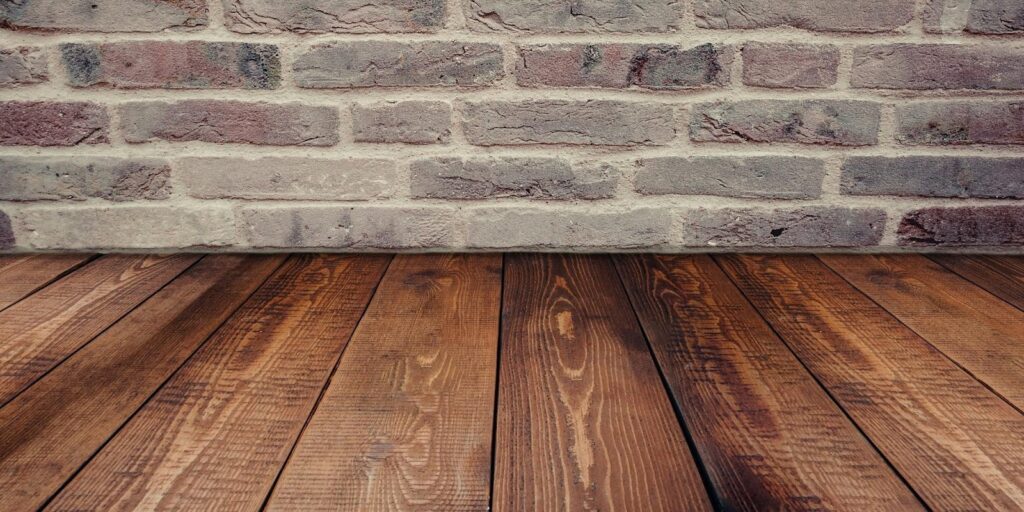Navigating the world of condo flooring can be overwhelming, especially when seeking the perfect balance between style, durability, soundproofing, and easy installation. A floating floor is often the go-to solution for condo dwellers due to its versatility and minimal impact on existing surfaces. In this guide, we’ve gathered five expert tips to help you choose the right flooring for your condo, ensuring comfort, function, and aesthetics align seamlessly with your lifestyle.
Prioritize Stability and Soundproofing
In a condo, soundproofing requirements can be strict. Choose a flooring material with good acoustic absorption to maintain a peaceful environment. A quiet option like a floating floor is ideal when you share walls with neighbors. Multi-layer floors with an integrated underlayment offer enhanced stability. They reduce vibrations, squeaks, and noise transfer between floors.
Consider the Condo Rules
Before making any investment, consult your building’s bylaws. Some materials, like solid hardwood, may be prohibited on upper floors. Fire resistance and soundproofing standards are often regulated. Select a floor covering that meets the required certifications. Also, inform your property manager of any renovation project within your unit.
Opt for Low-Maintenance Materials
In a condo, a durable and easy-to-maintain floor is essential. Luxury vinyl and laminate are popular choices for compact spaces. Their scratch-, moisture-, and wear-resistant surfaces make them practical for everyday life. For high-traffic areas like the kitchen or entryway, choose a water-resistant finish.
Don’t Overlook Installation and DIY Potential
Another important factor is how easy the flooring is to install—especially in a condo where professional access can be restricted or costly. Many floating floor systems are designed for straightforward, click-lock installation, making them ideal for ambitious DIYers. This can help reduce labor costs and allow more control over the renovation timeline. However, even with DIY-friendly products, it’s important to follow the manufacturer’s guidelines closely to avoid issues like gaps or lifting over time.
Think About Resale Value and Longevity
Flooring plays a major role in the perceived value of a condo. Choosing a modern, neutral, and durable surface can enhance appeal to future buyers and increase property value. Trends come and go, so it’s often wiser to opt for timeless finishes that will age well both stylistically and structurally. Additionally, buyers often inquire about the flooring’s quality and age, so investing upfront in a long-lasting product can pay off down the line.
Match Flooring to Each Room’s Function
Each room has unique needs. In the living room, prioritize underfoot comfort with floating hardwood flooring. For bathrooms, select a 100% waterproof and non-slip material. Bedrooms deserve a warm surface, such as cork or wood-effect laminate. Tailor your flooring choices to each space’s functionality.
Take Underfloor Heating Into Account
If your condo has radiant floor heating, select flooring that’s compatible. Tile and rigid vinyl are excellent thermal conductors. Ensure the manufacturer approves installation over heated floors. The wrong pairing can damage the floor over time. Always follow proper installation guidelines to avoid structural issues.
Coordinate with Your Interior Décor
Flooring plays a major role in setting the tone of your condo. Light shades visually enlarge small spaces, while darker tones add character. Wood-effect floors bring both warmth and modern appeal to any room. Polished concrete or terrazzo works well in more industrial settings. Consider wall and furniture colors to create a cohesive look.
Plan for Durability and Wear
Condo flooring must withstand frequent use. Evaluate the wear rating based on foot traffic. AC4 or AC5 certified floors are ideal for high-use areas. Also consider the manufacturer’s warranty. A smart initial investment reduces long-term replacement or maintenance costs. Focus on quality over low prices.
What is the purpose of a floating floor?
A floating floor is not attached directly to the subfloor but instead rests on a foam or underlay layer, allowing individual planks or tiles to interlock. This design makes installation easier and faster while offering benefits like sound insulation, flexibility to expand or contract, and the option to install over existing floors with minimal preparation.
Does a floating floor need underlayment?
Yes, most floating floors require an underlayment to provide cushioning, reduce sound transmission, and help with moisture protection, especially in condos where acoustic performance is crucial. The type of underlayment can vary depending on the material of the floating floor—laminate, vinyl, or engineered wood—and the subfloor condition. Some products even include a pre-attached underlay for added convenience and faster installation.
Can you put heavy furniture on a floating floor?
You can place heavy furniture on a floating floor, but it’s essential to distribute the weight evenly to avoid damaging the interlocking system. Using felt pads or furniture sliders can reduce the risk of scratches or pressure points. While floating floors are durable, keeping furniture stationary can sometimes restrict natural expansion.
What are the disadvantages of a floating floor?
Floating floors, despite their convenience, have some drawbacks. They may produce a hollow sound when walked on, especially without proper underlayment. They’re also generally less durable under extreme weight or moisture compared to glued or nailed options. In addition, improper installation can lead to buckling or movement over time.

